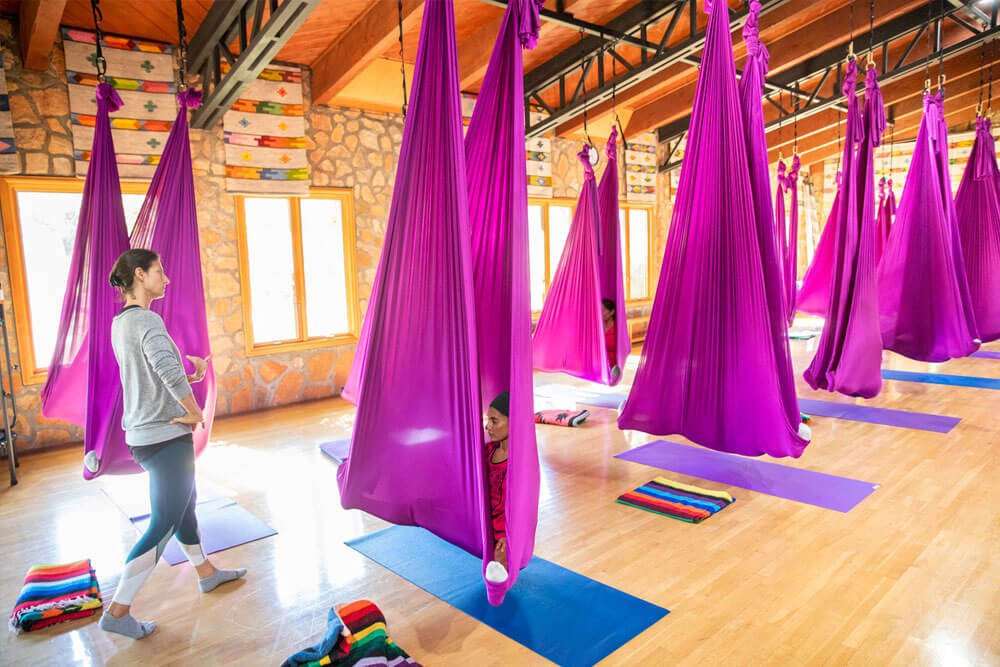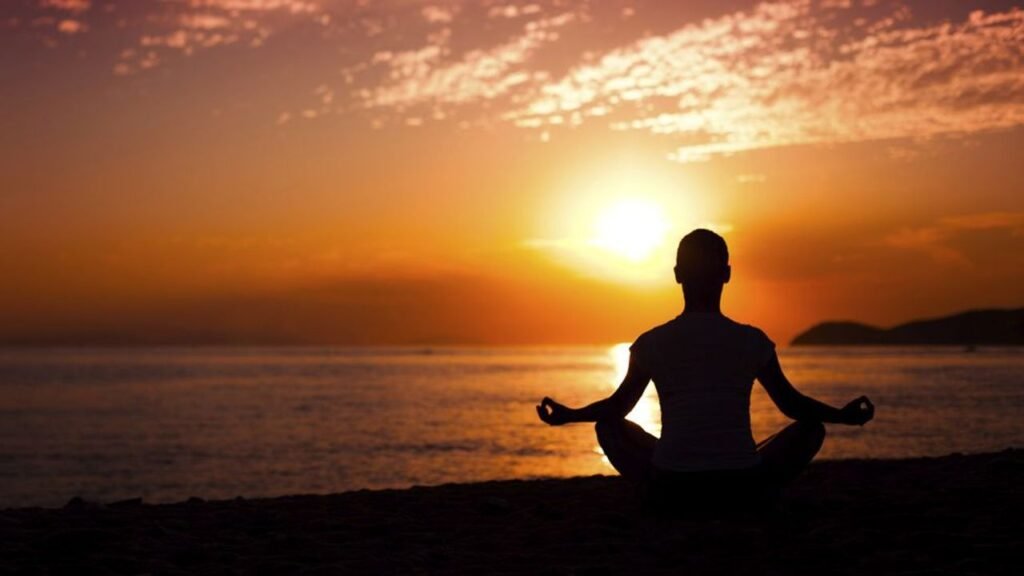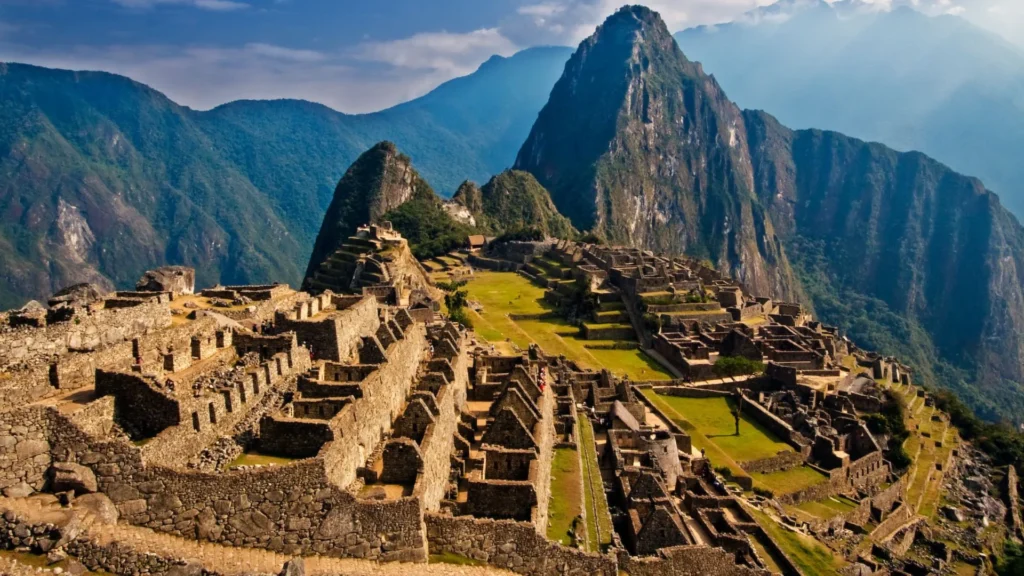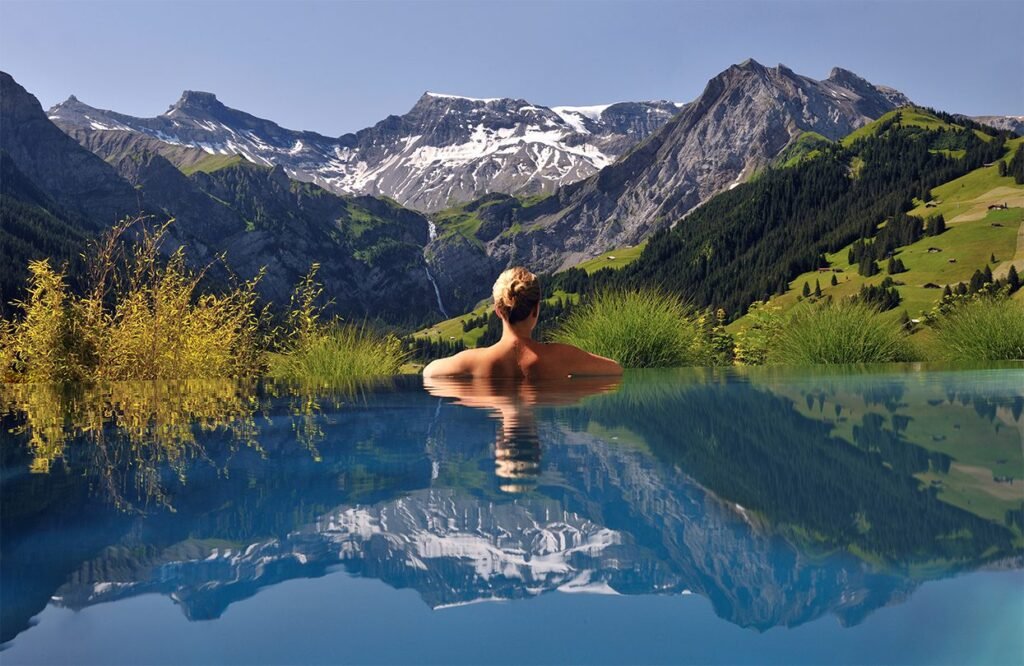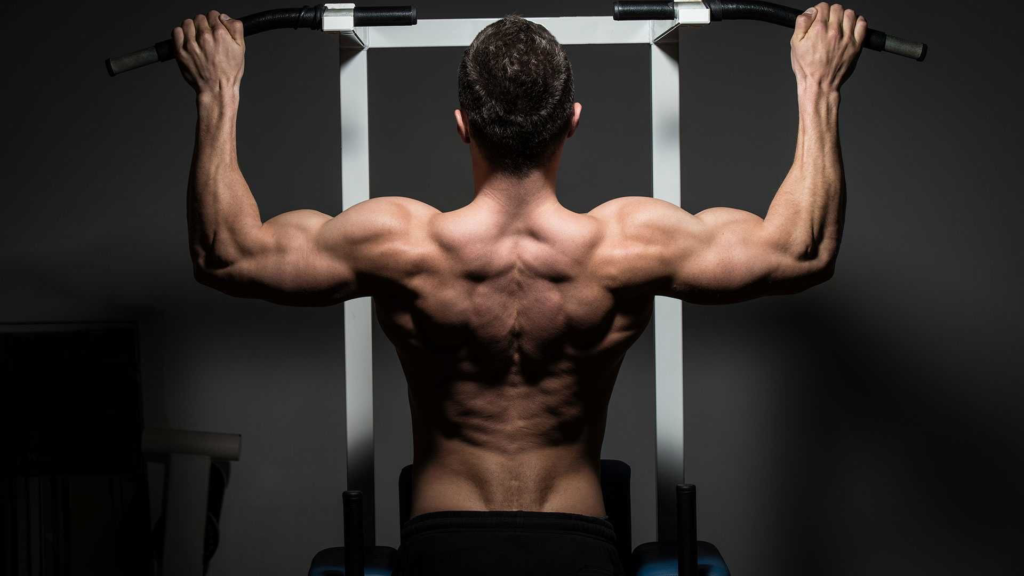Best Wellness Retreats in The World [Top Destinations 2025]
Explore the World’s Top Wellness Retreats: Must-Visit Destinations for 2025 In today’s fast-paced world, the pursuit of wellness has become more important than ever. As we seek to balance our physical, mental, and emotional well-being, wellness retreats have emerged as sanctuaries of healing and transformation. These havens offer a unique blend of luxury, natural beauty, and holistic therapies designed to rejuvenate the body, mind, and spirit. In this comprehensive guide, we’ll explore some of the best wellness retreats across the globe, each offering its own unique approach to health and wellness. 1. Chenot Palace Weggis, Switzerland Nestled on the shores of Lake Lucerne, Chenot Palace Weggis is a world-class spa and wellness destination that combines cutting-edge medical science with holistic healing practices. This luxurious retreat is renowned for its innovative Chenot Method, a scientifically-based approach to wellness that focuses on detoxification, rejuvenation, and prevention. Key Features: The retreat offers a range of wellness programs tailored to individual needs, including weight loss, stress management, and detoxification. Guests can indulge in a variety of spa treatments, from traditional massages to high-tech therapies using the latest medical equipment. With its floor-to-ceiling windows offering breathtaking views of Lake Lucerne, Chenot Palace Weggis provides an idyllic setting for your wellness journey. The retreat’s commitment to using natural materials in its design creates a harmonious environment that promotes relaxation and healing. 2. Sensei Lanai, Hawaii Located on the private island of Lanai, Sensei Lanai is a luxury wellness retreat that offers a perfect blend of natural beauty and cutting-edge wellness technology. This Four Seasons Resort is the brainchild of Larry Ellison and Dr. David Agus, combining world-class hospitality with evidence-based wellness practices. Key Features: Sensei Lanai’s approach to wellness is based on three pillars: Move, Nourish, and Rest. Guests can enjoy a wide range of activities, from yoga classes and outdoor adventures to relaxing spa treatments and meditation sessions. The retreat’s on-site nutritionists work closely with the culinary team to create personalized meal plans using fresh, locally-sourced ingredients. The resort’s guest rooms and suites are designed to promote relaxation and well-being, featuring private gardens, outdoor showers, and Japanese-inspired interiors. With its lush tropical setting and white sand beaches, Sensei Lanai offers a truly immersive wellness experience in paradise. 3. SHA Wellness Clinic, Spain Perched on the picturesque coastline of the Mediterranean Sea, SHA Wellness Clinic is a pioneering medical spa that combines Eastern wisdom with Western science. This award-winning retreat offers a holistic approach to health and wellness, focusing on natural therapies, nutrition, and preventive medicine. Key Features: SHA’s wellness programs are tailored to address specific health concerns, including weight loss, stress management, and detoxification. The retreat’s team of experts includes medical doctors, nutritionists, and therapists who work together to create customized treatment plans for each guest. The clinic’s facilities are nothing short of impressive, featuring an extensive hydrotherapy circuit, outdoor pools, and a rooftop terrace with panoramic views. Guests can also participate in daily activities such as yoga, Tai Chi, and meditation to enhance their wellness journey. 4. Ananda in the Himalayas, India Nestled in the Himalayan foothills, Ananda is a luxury wellness retreat that draws inspiration from ancient Indian traditions of Ayurveda, Yoga, and Vedanta. This serene sanctuary offers a perfect blend of traditional healing practices and modern wellness techniques. Key Features: Ananda’s wellness programs are designed to address various aspects of health, including stress management, weight loss, and detoxification. The retreat’s expert team of Ayurvedic doctors, yogis, and therapists work together to create personalized wellness journeys for each guest. The resort’s facilities include a world-class spa with 24 treatment rooms, a state-of-the-art fitness center, and a temperature-controlled outdoor pool. Guests can also enjoy nature walks, white-water rafting, and wildlife safaris in the surrounding Himalayan landscape. 5. Rancho La Puerta, Mexico Located in Tecate, just an hour’s drive from San Diego, Rancho La Puerta is one of the world’s oldest and most respected wellness retreats. Founded in 1940, this family-owned resort has been at the forefront of the wellness movement for decades. Key Features: Rancho La Puerta offers a diverse range of activities and classes, including yoga, Pilates, meditation, and dance. The resort’s fitness facilities are top-notch, featuring multiple gyms, tennis courts, and an obstacle course. One of the highlights of Rancho La Puerta is its organic farm, which supplies fresh produce for the resort’s award-winning cuisine. Guests can participate in cooking classes and farm tours to learn more about sustainable agriculture and healthy eating. 6. COMO Shambhala Estate, Bali Surrounded by lush tropical forests and cascading waterfalls, COMO Shambhala Estate in Bali is a true wellness sanctuary. This luxury retreat combines traditional Balinese healing with modern wellness practices to create a truly transformative experience. Key Features: COMO Shambhala’s wellness programs are designed to address various aspects of health, including stress management, detoxification, and fitness. The retreat’s team of experts includes Ayurvedic doctors, nutritionists, and yoga instructors who work together to create personalized wellness plans. The estate’s facilities are nothing short of spectacular, featuring treatment rooms with views of the jungle, outdoor hydrotherapy pools, and a yoga pavilion overlooking the Ayung River. Guests can also enjoy activities such as river rafting, cycling, and guided nature walks. 7. Clinique La Prairie, Switzerland With a history dating back to 1931, Clinique La Prairie in Montreux, Switzerland, is a pioneer in the field of longevity and cellular therapy. This world-renowned medical spa combines cutting-edge scientific research with luxury hospitality to offer a truly unique wellness experience. Key Features: Clinique La Prairie’s signature program, the Revitalization, is designed to boost the immune system and promote cellular regeneration. The retreat also offers specialized programs for weight management, detoxification, and beauty. The clinic’s facilities are second to none, featuring a medical spa, cryotherapy chambers, and a private operating theater. Guests can also enjoy the resort’s fitness center, indoor pool, and gourmet restaurants serving healthy, nutritious cuisine. 8. Kamalaya, Thailand Situated on the tropical island of Koh Samui, Kamalaya is a holistic wellness sanctuary that blends Eastern and Western healing
Best Wellness Retreats in The World [Top Destinations 2025] Read More »

